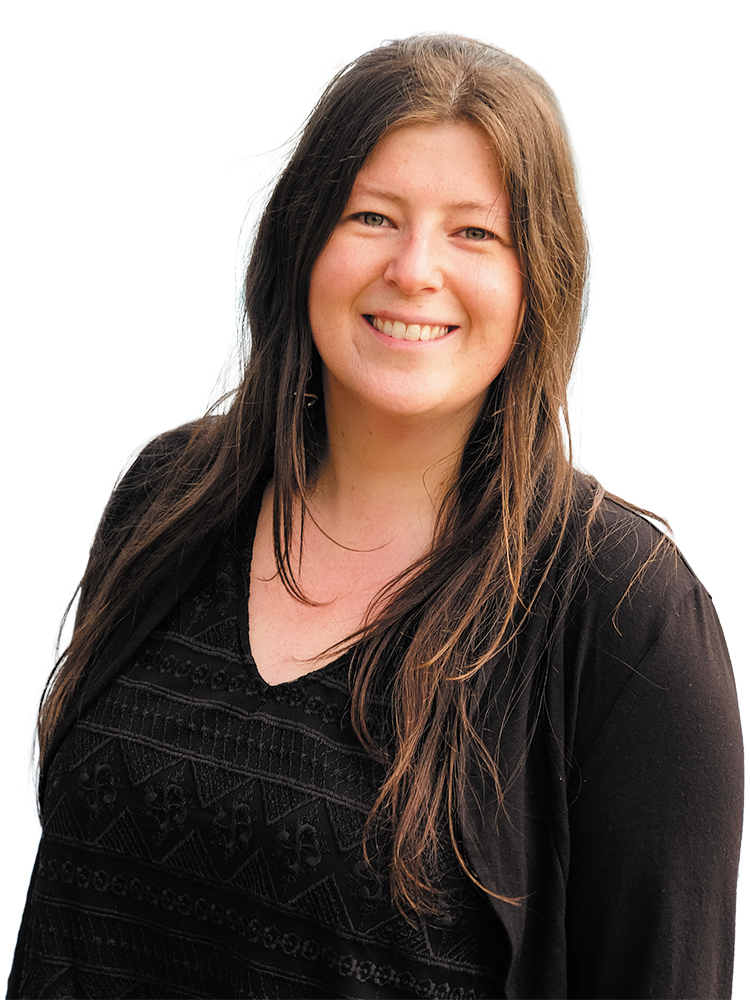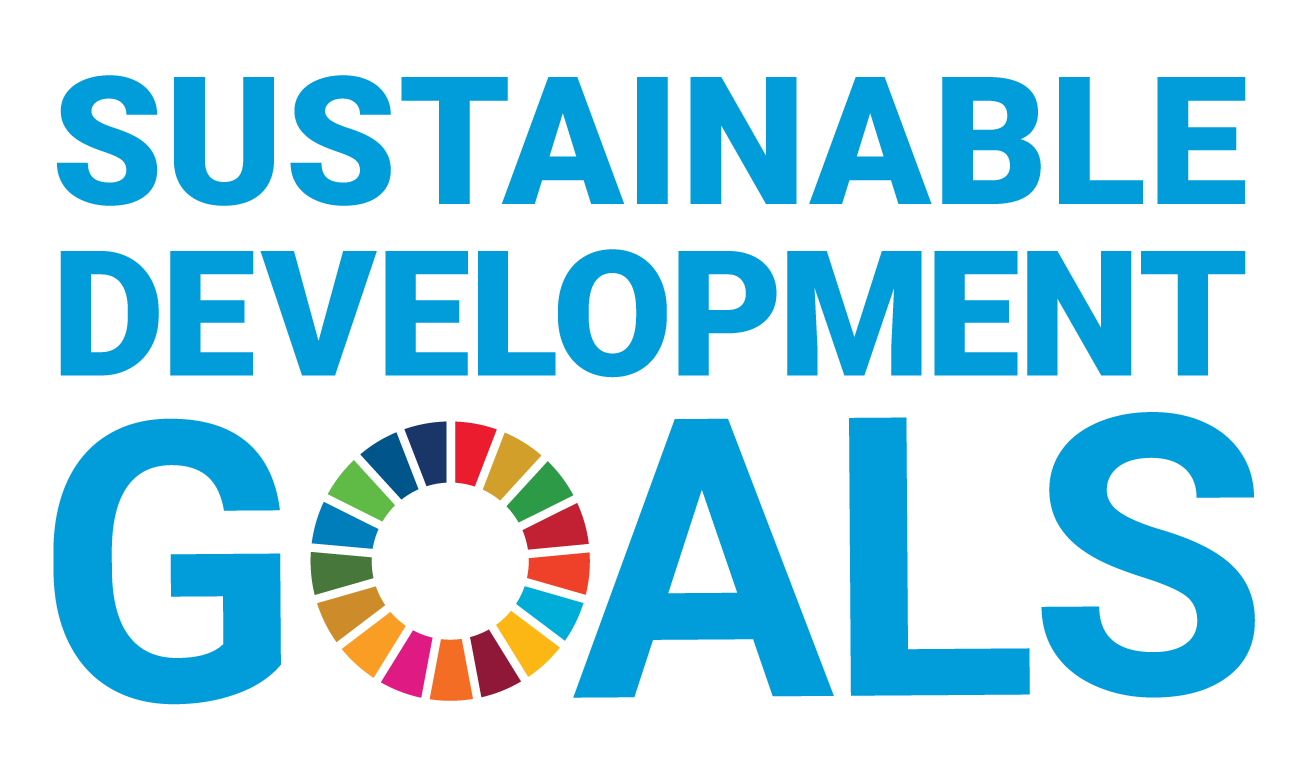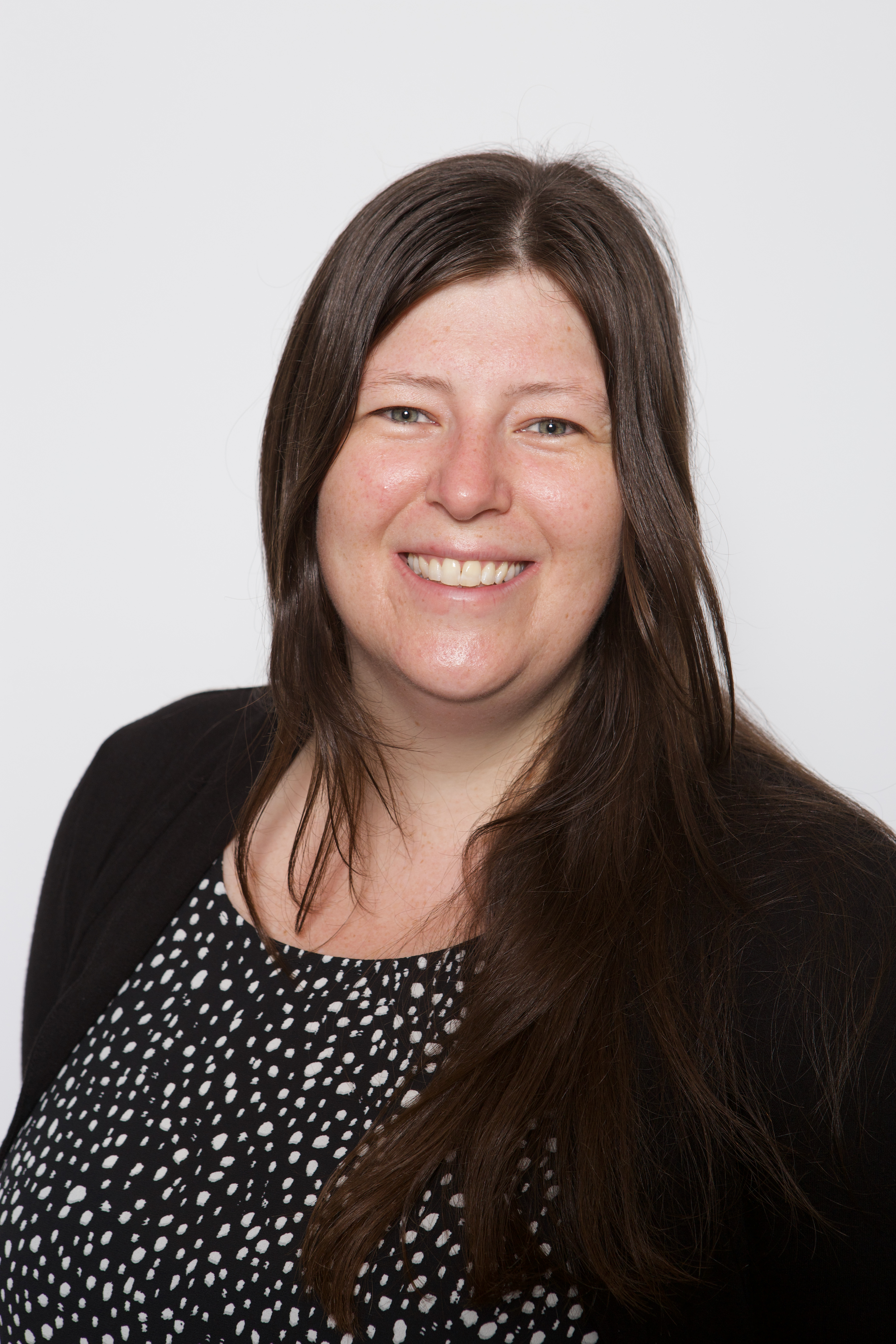You can search for courses, events, people, and anything else.
Children with language processing difficulties showed a marked improvement in their ability to repeat sentences after listening to regular rhythms, a study by researchers from Western Sydney University has found. This discovery could speed up therapy for language disorders.
Dr Anna Fiveash, the lead author on the paper, is fascinated by the way music enhances the brain’s language processing abilities. “Music and language share pathways in the brain, making music a useful tool for improving language processing,” she says.
This field of study combines two of her passions: “My academic background is in cognitive psychology, and I’ve been playing music since I was young,” says Fiveash, who sings in a choir and plays the guitar and ukulele. “So it’s natural for me to explore connections between music and language, and how we can use music to boost language processing.”
Children with a condition known as developmental language disorder (DLD) often struggle with communication, understanding and answering questions, and following instructions. “They often have a hard time comprehending sentences and tend to make grammatical mistakes in sentences when they speak,” explains Dr Enikő Ladányi, a cognitive scientist at the University of Potsdam, Germany, and a co-author on the study.
This can disrupt both their social development and education. “If you have trouble with language processing, it can be really detrimental to your education and life,” notes Fiveash, who is an ARC DECRA research fellow at the MARCS Institute for Brain, Behaviour and Development at Western.
“When children struggle to understand their teachers and peers, it can significantly affect their learning and their abilities to make friends and integrate into society,” adds Ladányi.
An estimated 5-7% of children suffer from DLD, but Fiveash suspects that may be an underestimation. “In reality it’s probably higher because the disorder often goes undiagnosed,” she says. “People can dismiss it as a behavioural problem.”
“DLD is frequently overlooked or only identified when the child is older, partly because it isn’t well known and there isn’t enough research on it,” says Ladányi. “This oversight can have serious consequences.”
Need to know
- Children with developmental language disorder can have trouble with communication.
- This can lead to difficulties in social development and education.
- Studies have shown that listening to rhythm can improve language processing.
LISTENING TO LEARN
Children diagnosed with DLD require speech pathology sessions, which can be a slow and costly process when using traditional approaches.
There is growing evidence for the beneficial effects of music on learning. In particular, after listening to regular rhythms (compared to irregular rhythms), children performed better in assessing whether a sentence was grammatically correct.
Now, Fiveash and her colleagues have found that children with DLD were better able to repeat sentences after listening to around 30 seconds of regular rhythms.
“Previous studies had asked children to detect whether a sentence has a grammatical error, which is more to do with perception skills,” explains Fiveash. “But this is the first time to show that rhythm can enhance language production, which is really exciting.”
The findings support the view that musical rhythm and grammar processing are strongly intertwined within the brain, say the researchers.
The mechanism is thought to involve the entrainment of brainwaves by the regular rhythms, which then are activated and ready to process language. “We think that playing this rhythmic music sets up, or entrains, neural oscillations, which continue even after the music stops,” says Fiveash. “And they then help to boost language processing.”
Harnessing this effect could help to add a new dimension to speech pathology. Fiveash says it may be possible to use rhythm as a supplementary treatment that could help boost conventional methods.
“These results lay the groundwork for future research looking to explore the potential benefits of including rhythmic priming in therapy for children with DLD,” adds Ladányi.
Fiveash plans to optimise the rhythms for improving language processing. She is also keen to work with schools. “It would be great if there are schools interested in working with us on this,” she says. “We’d love to collaborate and find out what their needs are and how this kind of paradigm could fit into a classroom.”
For Fiveash, the study is just the tip of the iceberg, providing one example of the power of music to enhance lives. “I think that music is a largely untapped resource that can improve people’s lives in many ways,” she says.
Meet the Academic | Dr Anna Fiveash
Dr Anna Fiveash is currently an ARC DECRA fellow at the MARCS Institute for Brain, Behaviour and Development, where she researches connections in the brain between music and language. Previously, she held two postdoctoral positions in the Auditory Cognition and Psychoacoustics team in the Lyon Neuroscience Research Centre of the National Centre for Scientific Research in France. In these positions, she collaborated with Professor Barbara Tillmann and Associate Professor Reyna Gordon to investigate rhythm processing in music and language in adults and children with and without developmental language disorders. She completed her PhD at Macquarie University in Sydney under the supervision of Professor Bill Thompson and Professor Genevieve McArthur, where she investigated syntactic processing in music and language, focusing specifically on interference paradigms. She completed her Master’s in Music, Mind and Technology at the University of Jyväskylä in Finland, and her Bachelor of Psychology (Honours) at the Australian National University. Anna is interested in syntax, rhythm, and prediction of music and language, with implications for more general cognitive processing, developmental language disorders, and applications to education and speech pathology.
Credit
Future-Makers is published for Western Sydney University by Nature Research Custom Media, part of Springer Nature.
© Jacob Wackerhausen/iStock/Getty
© Cbyoung/Unsplash
© danielcgold/Unsplash






